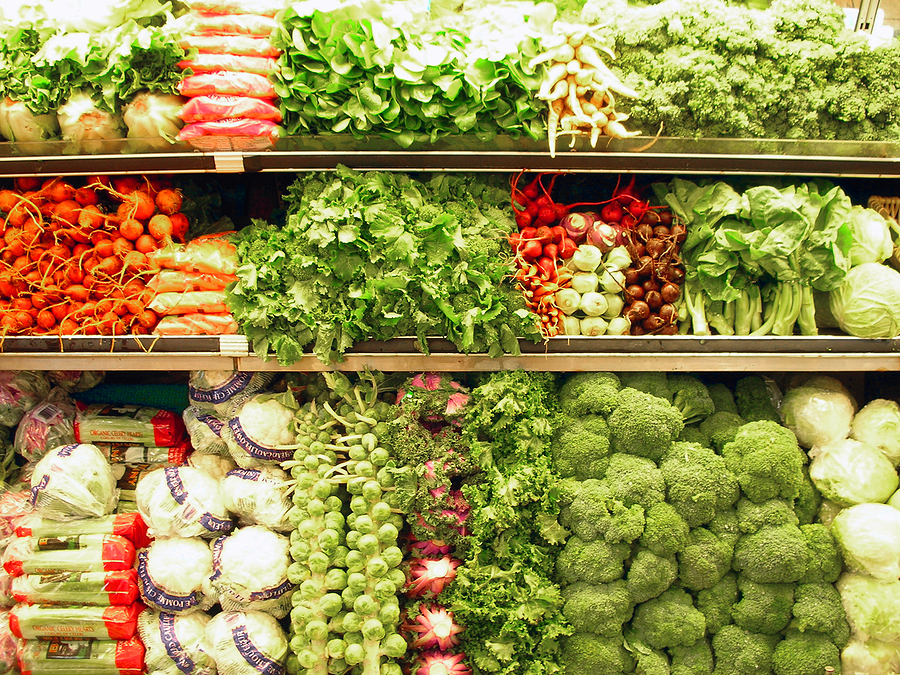Approximately 60-to-90 percent of the average American diet is made up of highly processed foods, leading to higher risks of unfavorable health circumstances, according to a major recent study by Poverty USA.
The study, which examined nearly 10 million Americans, found that consumption of ultra-processed foods was linked to 50 percent of deaths related to cardiovascular diseases. Additionally, these so-called ‘junk foods’ were associated with a 53 percent increase in the likelihood of developing anxiety.
“People who are having depressive symptoms or anxiety may seek out ultra-processed foods for various reasons such as self-comfort,” Fang Fang Zhang, Chair of the Division of Nutrition Epidemiology and Data Science at Tufts University, told CNN.
Addressing these health issues is no simple task, given that processed foods constitute 70 percent of America’s food supply, also according to CNN. The widespread availability and convenience of these processed foods, combined with a scarcity of healthy alternatives, are key factors contributing to the nation’s health crises
In the United States, access to nutritious, healthy foods is far from universal. According to the Food Research and Action Center, food insecurity affects one out of every eight households, impacting a total of 44 million Americans—a number that surpasses the population of California, which is approximately 39.5 million people.
This widespread food insecurity often leads to or exacerbates the issue of ‘food desert,’ areas where healthy, affordable food options are scarce or nonexistent. The lack of reliable public transportation compounds the problem, making it difficult to access supermarkets that offer healthier choices.
Even if the challenges posed by food deserts were to be addressed, the pervasive issue of low wages would still lead many Americans to rely on cheaper, less nutritious food options, perpetuating a cycle of unhealthy eating habits.”
Food insecurity significantly impacts a child’s development, potentially leading to a weakened immune system and other health issues. According to Feeding America, over 11 million children in the U.S. experience food insecurity, placing them at risk due to inadequate nutrition.
Moreover, a diet heavy in processed foods is associated with poorer academic performance and can lead to numerous challenges later in life, emphasizing the urgent need for accessible nutritious food options for children.
Food insecurity leads to enduring negative health results, but we should feel empowered to take action.
- Enhanced Access to Nutritious Foods: Expand programs like Supplemental Nutrition Assistance Program to improve access to nutritious foods for low-income families.
- Education: Implement education campaigns focused on nutrition and healthy eating habits. Schools and other learning centers can play a crucial role in providing this education.
- Food Bank and Pantry Support: Increase funding and support for food banks and pantries to expand their reach and improve their ability to distribute healthy, fresh food options to those in need.
- Policy Reforms: Advocate for policy reforms that address the root causes of food insecurity, such as poverty, unemployment, and income inequality.
- Transportation Solutions: Develop transportation solutions to make it easier for people living in food deserts to access supermarkets and farmers’ markets. This could include subsidized public transport options or shuttle services provided by community organizations.
- Public-Private Partnerships: Encourage partnerships between governments, non-profits, and private businesses to create innovative solutions to food insecurity. For example, supermarkets and restaurants can donate unsold but still consumable food to food banks and pantries.
Do you part. Volunteer, decrease food waste, and help us solve this issue together.























































